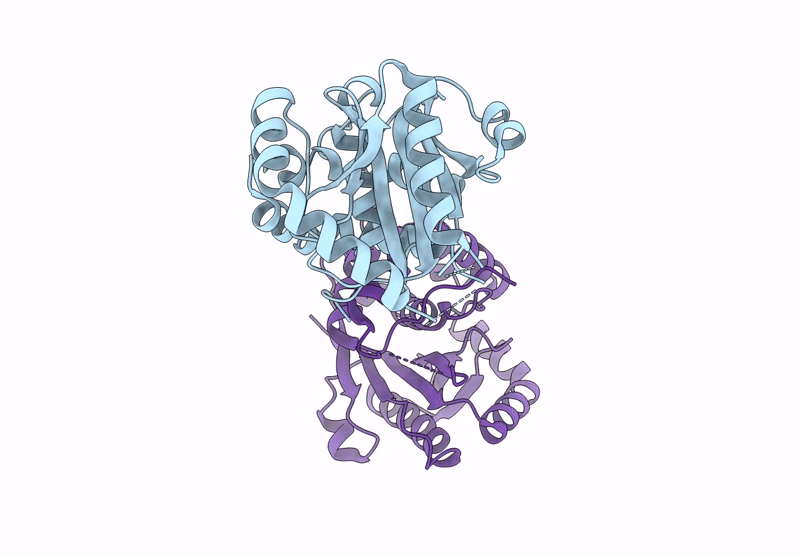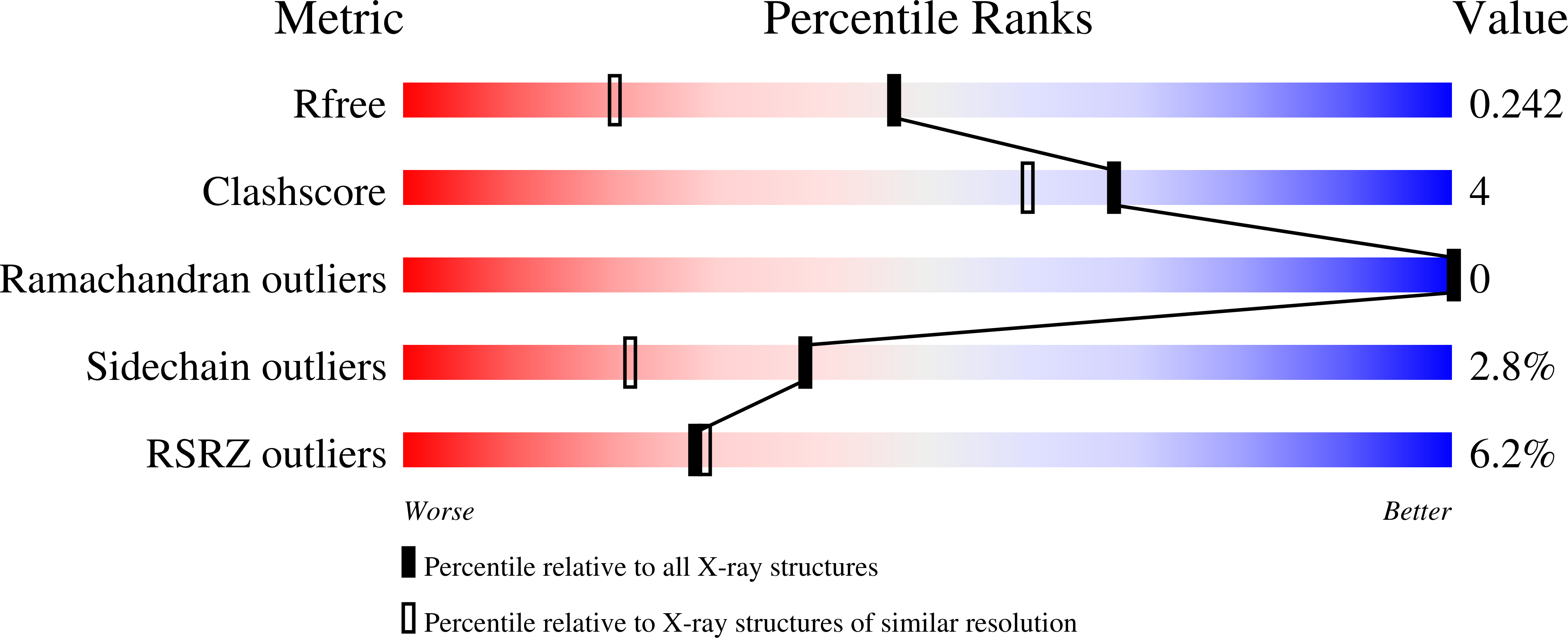
Deposition Date
2025-01-31
Release Date
2025-07-09
Last Version Date
2025-09-17
Entry Detail
Biological Source:
Source Organism:
Leishmania donovani (Taxon ID: 5661)
Host Organism:
Method Details:
Experimental Method:
Resolution:
1.70 Å
R-Value Free:
0.24
R-Value Work:
0.21
Space Group:
P 31 2 1


